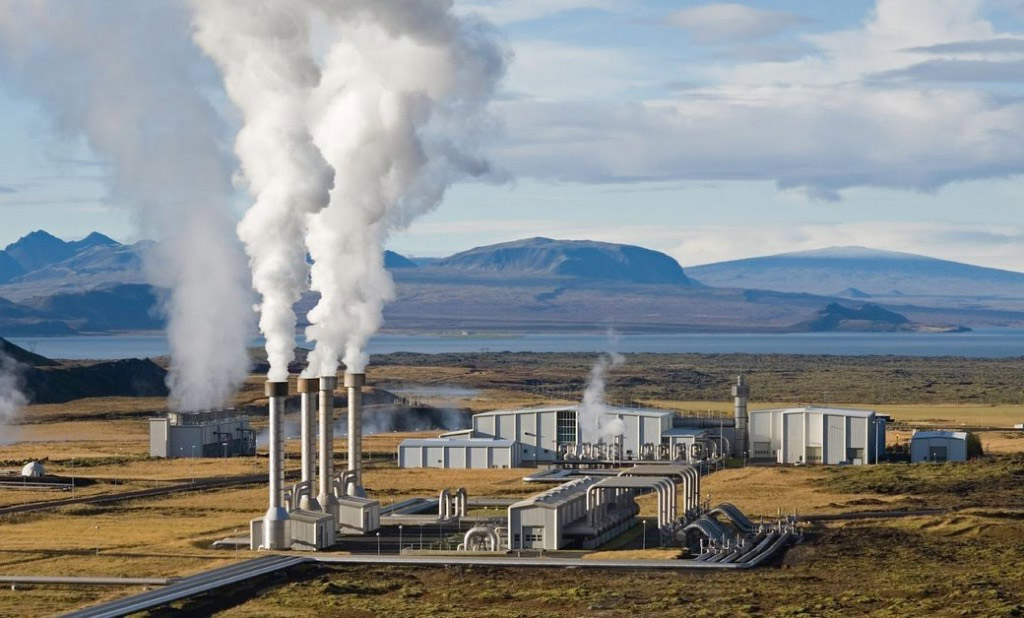What Is Geothermal?
A clean and sustainable form of energy with a wide range of applications, Geothermal energy is heat that has come from inside the earth. Geothermal energy can come from shallow ground, hot rocks just a few miles beneath the earth’s surface, right down to the much hotter temperatures found in the layers of molten rock (magma).
There are three primary Geothermal Energy Technologies.
Traditional power plants use steam to produce electricity. Geothermal plants don’t have to create their own steam. Instead, they use the steam produced by the reservoirs of hot water that are found a few miles beneath the surface of the earth. That steam then rotates a turbine and activates a generator, creating electricity that can be used by a community.

There are three varieties of geothermal power plant:
Dry Steam:
Uses steam that comes directly from a geothermal reservoir.
Flash Steam:
Takes high-pressure hot water from deep within the earth and turns it into steam in order to drive generators. This is the most common form of geothermal power plant.
Binary Cycle:
Transfers the heat energy from geothermal hot water to another liquid, which is then converted into steam.
Geothermal Direct-Use
Geothermal direct-use systems use traditional heating methods with a more modern and sustainable twist. A well is drilled into a geothermal reservoir, and this provides a constant source of hot water. That hot water can be pumped to the surface, where it can then be used as a direct source of hot water. Rather than just baths and showers, direct-use systems can also heat buildings or communities on both large and small scales.
Geothermal Heat Pumps
All around the planet, the upper ten feet of the earth’s surface keeps a temperature of between 50° and 60°F (10° and 16°C). That heat can be turned into energy by using a geothermal heat pump system. These smaller systems are made up of the pump itself, ductwork, and a series of connected pipes that are buried beneath the ground near any building that you want to have temperature control over.

Geothermal Project Requirements
The main factor when deciding on the type of geothermal power plant you will need is the location. Ideally, projects will need:
- A hot earth location for maximum effectiveness. This will mean a heat source that is at a suitably high temperature.
- Porous rocks that will let water circulate more easily.
- Infrastructure will also need to be in place. There’s the geothermal power plant itself, as well as an electrical grid that will be needed for power distribution.
Benefits of Geothermal Energy
Without the need to transport fuels or dispose of waste products, geothermal energy is very cost-effective. Geothermal plants also release minimal air pollution when compared to traditional fossil fuel plants. Geothermal heat pumps in homes have no negative impact on the local environment, and even installation on a large scale requires only minor and temporary disruption of the soil surface.
The future of Geothermal Energy
Currently, geothermal energy is the third most used renewable energy source, after hydroelectricity and biomass. This puts it ahead of both solar and wind power. Geothermal energy use is set to become much more commonly used as both communities and governments recognize the need to focus on renewable and sustainable energy for a better long-term future.

